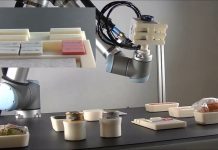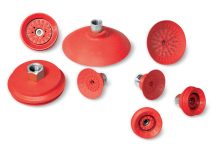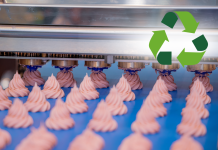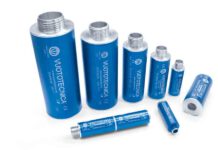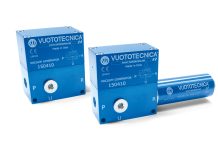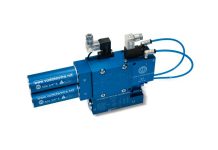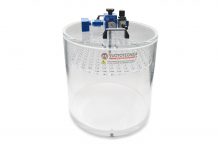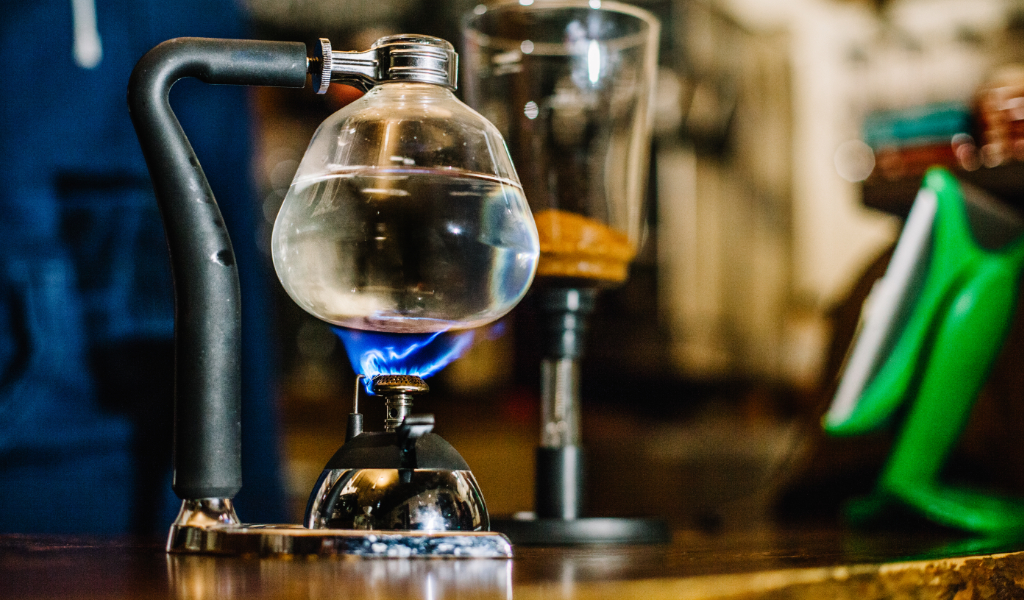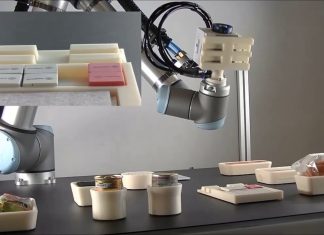The vacuum, which has always been a protagonist of the most advanced industrial applications, also finds a place in the world of coffee making, offering a fascinating and scientifically refined method of preparing coffee.
Vacuum coffee makers, also known as vacuum pots or siphons, exploit the properties of vacuum to create a cup of coffee with a pure and balanced taste, transforming each preparation into an experience.
The operation of these coffee pots is based on using pressure variations and the effect of vacuum to transfer water and ensure optimal extraction:
- Heating and pressure generation: The lower coffee pot, containing water, is heated. The heat causes the air inside to expand, creating enough pressure to push the water up through a tube into the upper pot, where the ground coffee is located.
- Infusion: Hot water and ground coffee mix in the upper pot, allowing complete extraction of flavors. During this process, glass, a neutral material, ensures that no foreign elements alter the taste.
- Cooling and vacuum creation: By removing the heat source, the air in the lower pot cools rapidly, generating a negative pressure, or vacuum. This vacuum sucks the filtered coffee from the upper pot into the lower, separating it from the grounds. The result is a drink with a clean, aromatic taste.
The advantages of extracting with vacuum are many. First of all, since the water reaches higher temperatures than in traditional drip machines, the extraction of aromatic compounds is more effective.
Through the use of vacuum and glass, coffee is extracted without contamination from paper or plastic filters, providing an authentic and clean flavor.
The use of vacuum also ensures precise separation between the coffee and grounds, improving the quality of the beverage and making the method very practical.
Thanks to this process, the preparation of the world’s most beloved beverage becomes a combination of science and art.
Continue to discover the wonders of vacuum on the Vacuum Daily blog .






